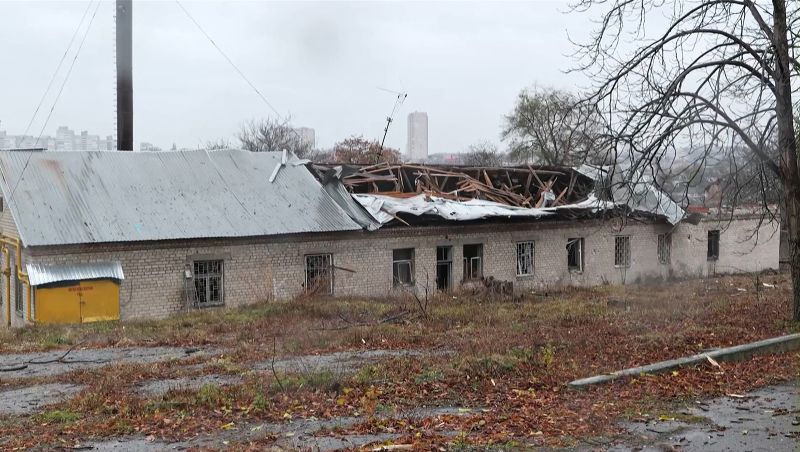Russia’s use of nuclear-capable missiles signals a significant shift from the time-honored Cold War doctrine of deterrence. Historically, during the peak of the Cold War era, the doctrine of deterrence shaped the thinking of the rival superpowers — the United States and the Soviet Union —, causing them to stockpile arms not for immediate use, but as a form of dissuasive ploy against untoward aggression. The current regime under President Vladimir Putin has embarked on a path of military assertiveness, which defies the principles of nuclear deterrence and signals a game-changing risk in the global military balance.
During the Cold War, nations pivoted towards deterrence, not as an adaptation of choice, but as an inherent necessity to dodge a catastrophic conflagration. The period saw the most significant arms race in human history. However, the buildups weren’t for explicit use, but to generate fear in the enemy camp to prevent them from considering aggressive military actions. The belief that a direct military engagement could initiate a mutually assured destruction (MAD) compelled both parties to wield their nuclear arsenals cautiously and passively.
However, Russia’s recent posture, which involves the use of nuclear-capable missiles, is an unmistakable departure from these principles. Rather than being tools of deterrence, the nuclear arms are being weaponized actively for more assertive pursuit in the international arena. This change in approach can be traced back to the decline of Russia’s conventional military superiority over the Western nations and its attempt to regain its lost glory.
Utilizing nuclear weapons in an active combat role instead of using them for passive deterrence constitutes a revolutionary change in the very essence of nuclear warfare. It enhances the probability of conflicts escalating into nuclear conflagrations. Additionally, it increases the likelihood of miscalculations and accidents, given the typically shorter timelines associated with the use of such weapons, adding a hazardous dimension to the global security.
Another factor contributing to this shift lies in Russia’s strategic objectives. With the decline of its economic powerhouse and conventional military forces, Russia is increasingly relying on its nuclear arsenal to assert itself on the international stage. The nuclear-capable missile tests not only serve as a reminder to the West of its nuclear prowess but also projects an image of power and resilience domestically.
Russia has also developed a wide array of nuclear weapons as part of this new strategy. The rise of hypersonic missiles such as the Avangard and the Tsirkon, which are designed to evade US and NATO missile defenses, illustrates Russia’s resolve to maintain its strategic edge through nuclear superiority.
In conclusion, Russia’s deployment of nuclear-capable missiles represents a clear break from the Cold War doctrine of deterrence. Instead, Moscow appears to be adopting a more confidence-laced stance, a stark contrast to the Cold War era when such weapons served mainly as a means to prevent war rather than tools for active combat. However, the new strategy comes with its own set of risks, including increased volatility, potential for accidental conflicts, and destabilization of the global military balance.




